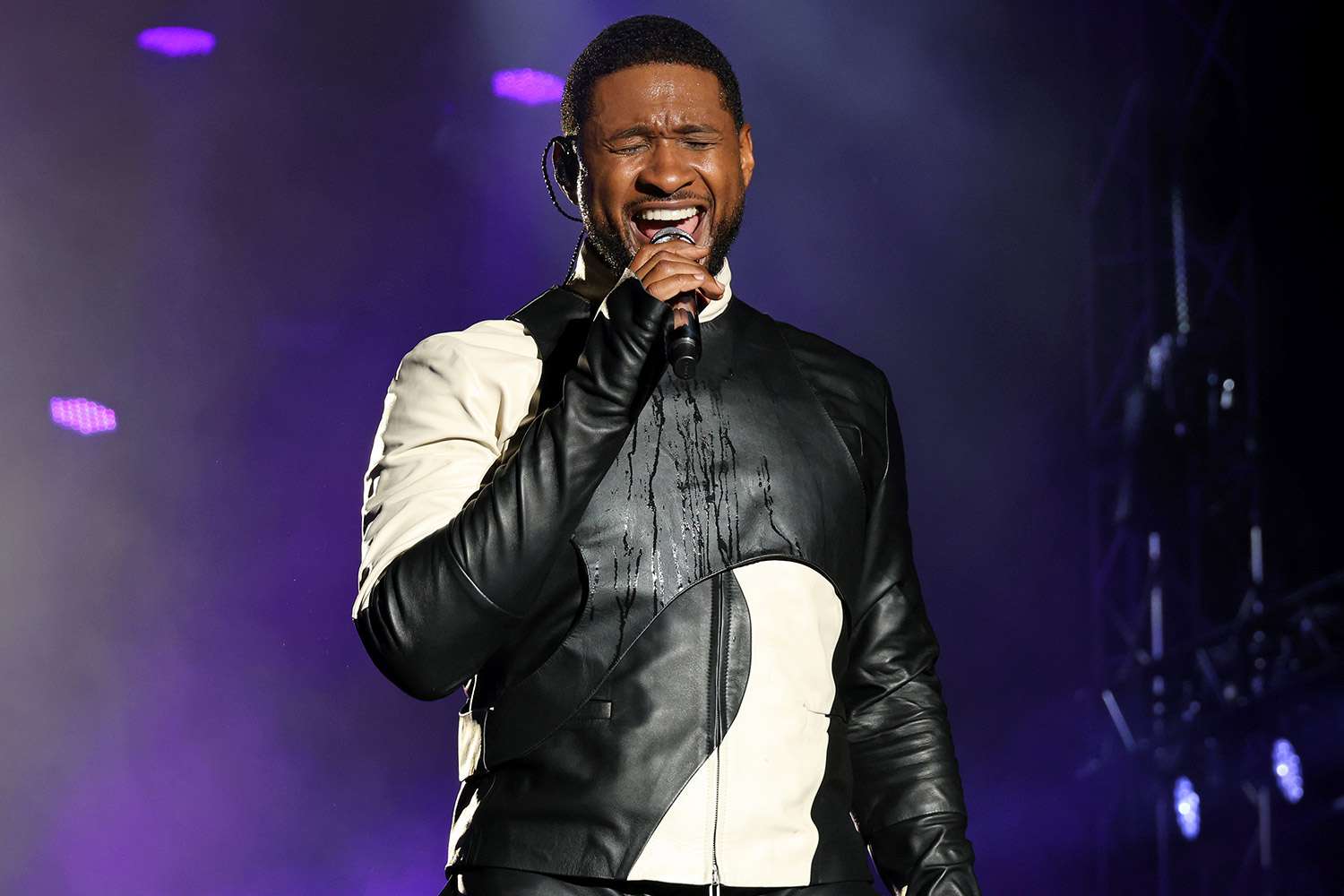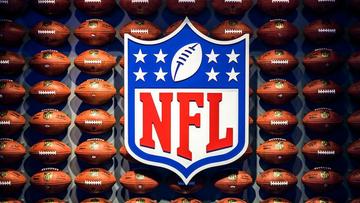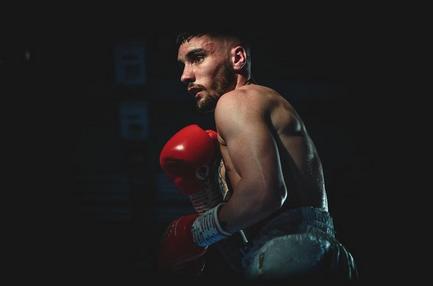Modern football fans without a perspective on history would be startled by what is retroactively named Super Bowl I. When the Kansas City Chiefs and Green Bay Packers met on Jan. 15, 1967, at the LA Coliseum, they were there to contest the first AFL-NFL World Championship. The Super Bowl moniker wasn’t adopted until the Baltimore Colts and New York Jets played in the third edition of the game.
For the first game, the event was broadcast by two different television networks. The stadium for the game was basically empty. There were no celebrities performing at the halftime show. At halftime, spectators were entertained by The University of Arizona Symphonic Marching Band. When the Super Bowl takes place in 2024, the event has become a more corporate and high-brow affair. Usher will take the reins of what should be an entertaining affair.
But when it comes to the NFL, the league has shown it is willing to do anything to draw in viewers. Short of the World Cup, few events can match the television ratings power the NFL brings in on a yearly basis.
But Black sports news shows that African American performers didn’t always get a chance at the spotlight at halftime. Here’s a look at the NFL’s history with halftime entertainment at its biggest event.
Carol Channing And College Bands
The first celebrity to participate in the Super Bowl halftime show was Carol Channing. She wasn’t the featured player either. Channing was part of the Super Bowl IV halftime show on Jan. 11, 1970, and was a part of a large lineup that included the Southern University Marching Band.
That would be the trend for halftime shows throughout the 1970s and 80s. There may be a celebrity performer here and there, but the primary entertainment was usually a marching band, dance troupe, or other groups looking to be involved with the NFL.
While this was a nice event for college bands and smaller groups, fans quickly wanted more to occupy themselves during the break between halves. It would take the right star to hook people in. During the early 1990s, the NFL pursued the right artist to get the party started.
King of Pop Changes the Game
The NFL had noticed during Super Bowl XXVI that the league lost some of its audience over halftime because another channel broadcast a special episode of In Living Color. What the league decided to do the next year was bring in something people wouldn’t turn away from.
In a difficult round of negotiations, the NFL was able to lure Jackson to perform. The league doesn’t pay artists for performing at the halftime show. Instead, the NFL partnered with Frito-Lay to donate $100,000 to the Heal the World Foundation. Jackson’s performance was a mega hit.
Over 133.4 million people saw the show, and it is still one of the most-watched halftime shows ever. This made the league more interested in trying to hold people’s interest during halftime.
This has helped transform the NFL from a regular sporting league to one with much more influence in popular culture. Many of the league’s teams have high valuations because of all of the media attention and influence they draw in to create revenue.
Janet Jackson Controversy Gives Show Identity Crisis

Super Bowl XXXVIII is much more remembered for the halftime show than the game. Unfortunately for the NFL, it isn’t well-regarded because of how well the game was played. Janet Jackson, Michael’s sister, was performing with Justin Timberlake when Timberlake ripped off the front of Jackson’s outfit, exposing her chest.
There was a lot of negative public fallout from the incident, which only appeared on television for seconds. What the league did in response following the 2004 event was a lot of backpedaling. The NFL made contracts with performers that were much more strict and relied on older performers for the next nine years.
The Who, Prince, Paul McCartney, and Tom Petty were some of the artists who performed during this era. The league did receive some backlash for not featuring younger performers, but they were scared of having another repeat incident like with Jackson and Timberlake.
While the NFL ultimately got its wish, and there were no notable controversies, fans kept clamoring for the old leadership in the NFL to change their thought process.
Beyonce Ushers in New Era of Performing
Enough time had passed by 2013 that the NFL was willing to take some risks with more modern artists. Beyoncé performed during Super Bowl XLVII in the Superdome, and it also featured the return of Destiny’s Child. While the NFL will still hardly be ever confused with a hip outfit, all of the performers since Beyoncé have mostly been geared toward a younger audience.
The NFL did bring back older performers in 2022 by putting together a show of Dr. Dre, Snoop Dogg, Eminem, and Mary J. Blige, but these were artists once known for being edgier. Beyoncé’s appearance in particular was extremely popular. She would return in 2016 to perform as a special guest with main eventer Coldplay.
Usher is Ready to Carry the Mantle

Usher, 44, has been a long-time R&B artist who has produced a number of hits. Nine of his songs have gone to the No. 1 spot on the Billboard charts. He has had 18 songs that landed in the top 10.
Over the course of his career, Usher has sold over 100 million records worldwide. Super Bowl LVIII will be held in Las Vegas in February. This will be the first Super Bowl ever held in Sin City. Usher’s big catalog of music will provide a number of different directions that the show can go in.
For all the latest MLB, NBA, NFL, and Soccer News, stay up to date on BlackSportsDigest.



